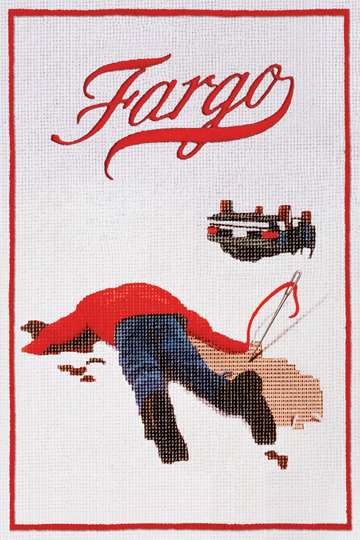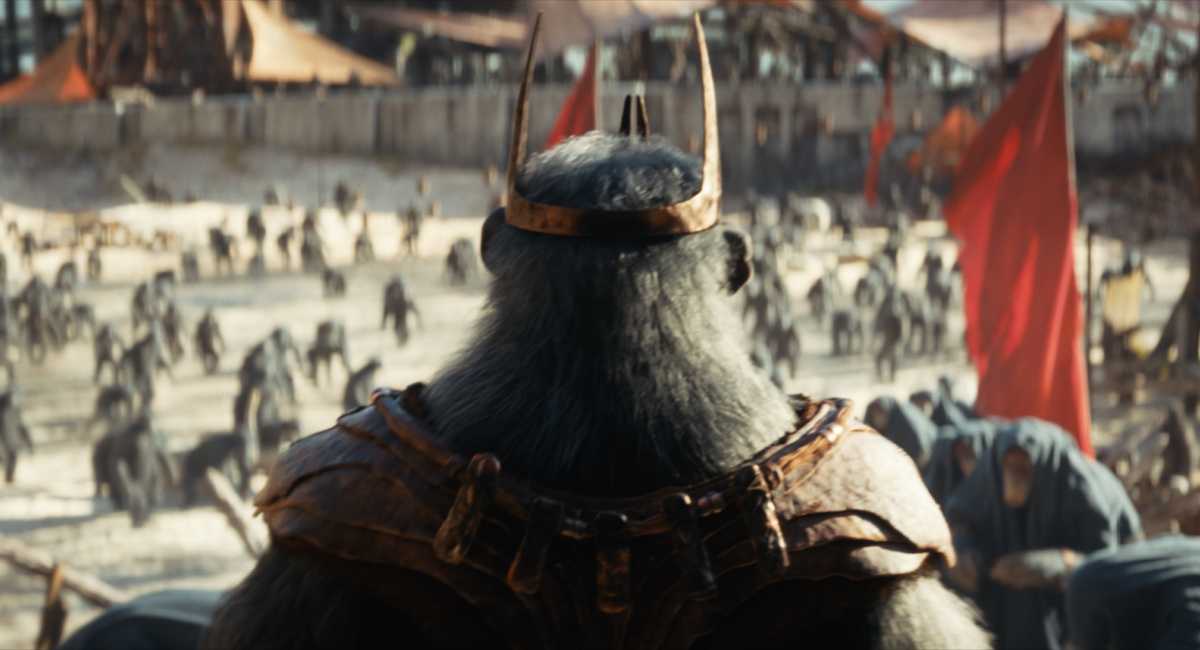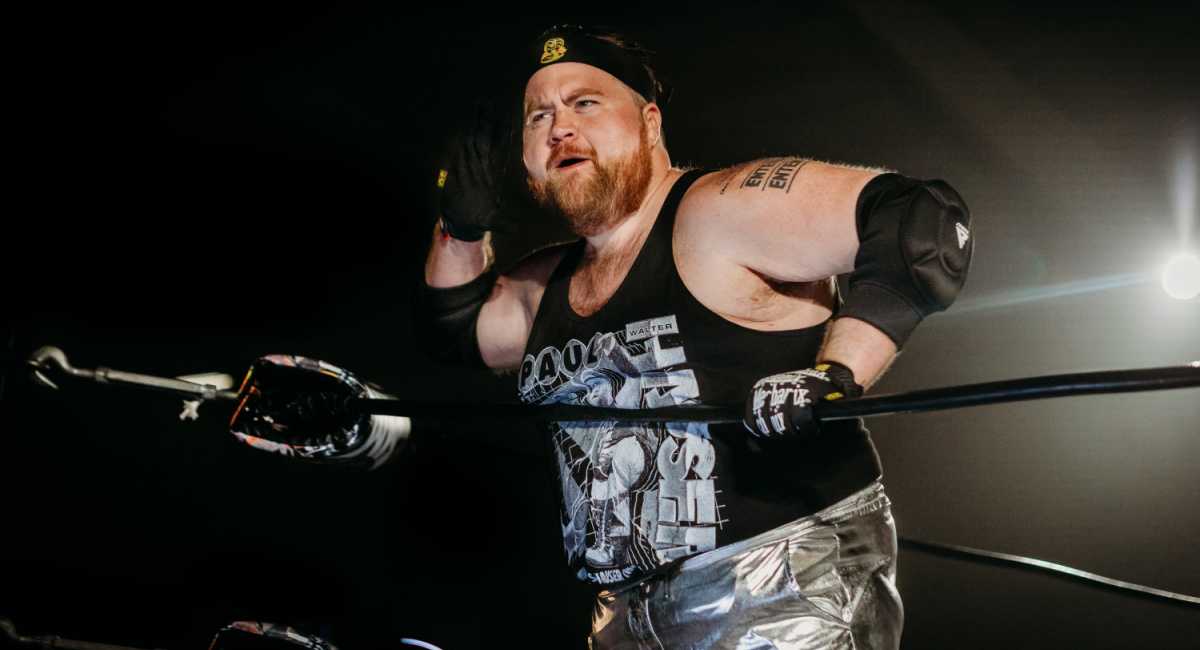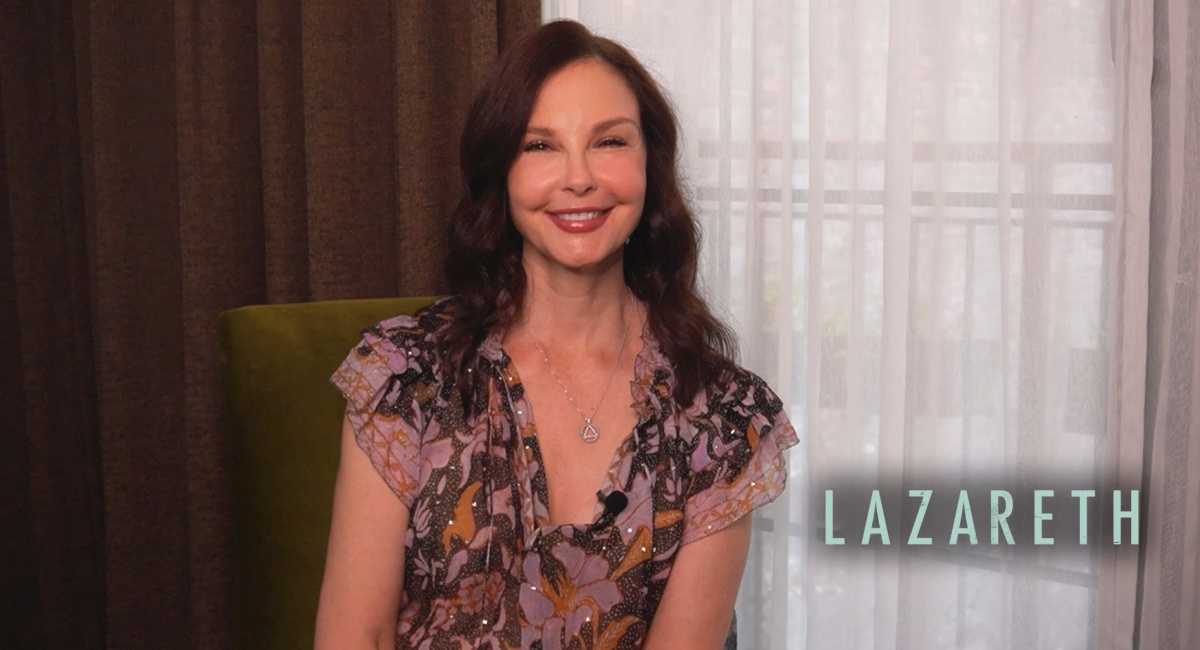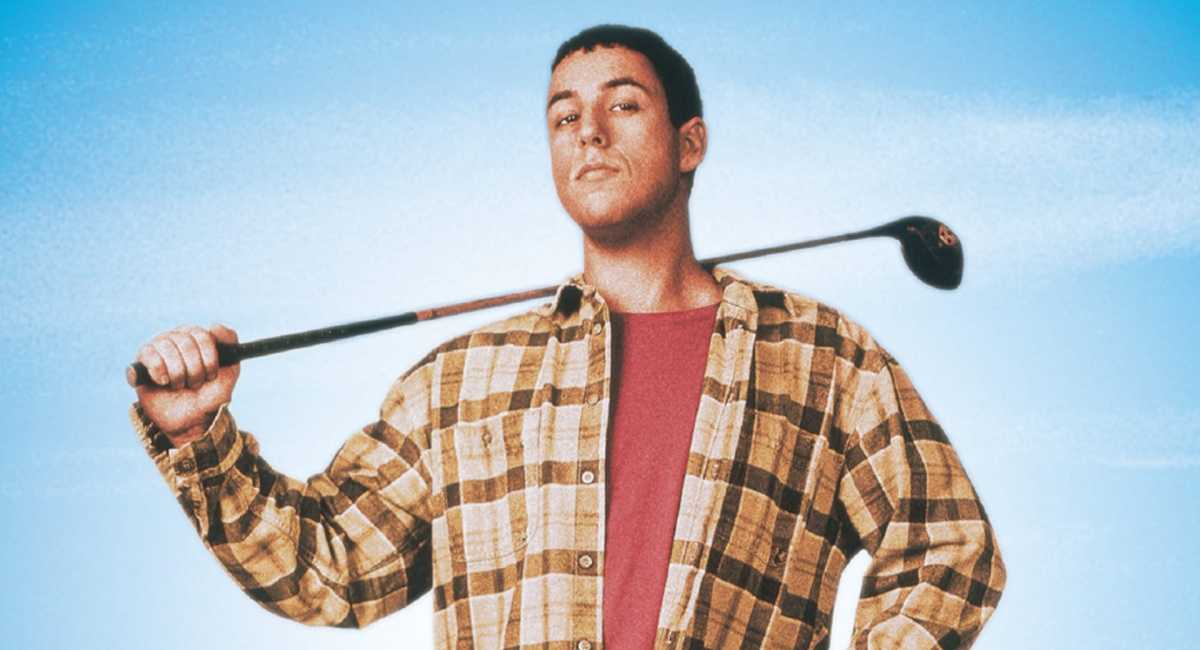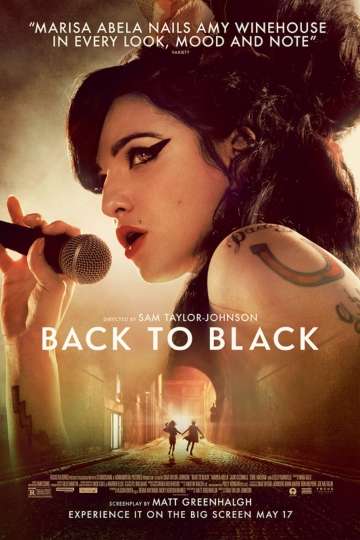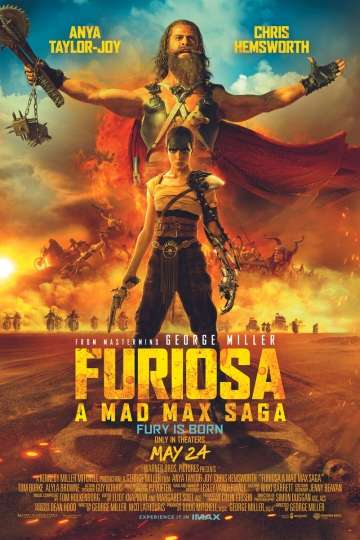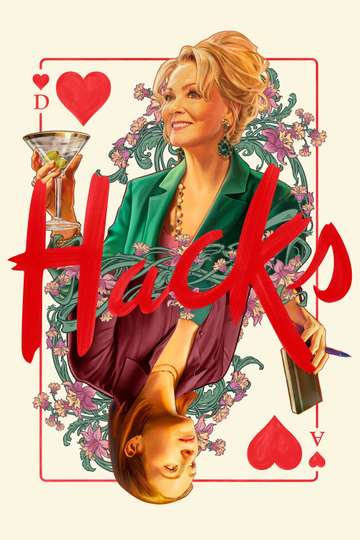'Fargo': 10 Things You (Probably) Didn't Know About the Coen Brothers' Classic
Has it really been 20 years since the release of "Fargo?" Yah, you betcha.
The snowbound crime comedy-drama, released March 8, 1996, marked the first mainstream smash for Joel and Ethan Coen. It also gave Frances McDormand and William H. Macy their signature roles, spawned the acclaimed FX drama series, and sparked a brief fad that had everyone talking with exaggerated Minne-soh-ta accents.
Still, two decades after the film's debut, there's still a lot of confusion about what in "Fargo" was truth, what was fiction, and what was an elaborate in-joke. Here, then, are the far-fetched facts behind the film.1. The opening title card claims the movie is based on a true story, but in fact, it's almost completely fictional. There was, however, a real-life crime with some superficial similarities. The victim was Helle Crafts, a Connecticut woman who disappeared in 1986. Her husband was ultimately convicted of her murder; investigators determined that he'd used a wood chipper to destroy her remains.
2. Macy was initially considered for a minor role in "Fargo," but he so desperately wanted the lead role of kidnap-plot instigator Jerry Lundegaard that he flew to New York to crash the auditions and told the Coens, "I'm afraid you're going to screw up your movie and cast someone else in this role." Then the former veterinary student threatened to shoot Ethan's dog if they didn't cast him.
3. McDormand became a mom shortly before filming began -- after a decade of marriage, she and Joel adopted a baby they named Pedro -- but her massive pregnancy bump in "Fargo" was a prosthetic, filled with birdseed. McDormand did research by meeting with an actual pregnant cop from the Twin Cities. "In St. Paul, I met Officer Nancy, who was seven months pregnant and still working," McDormand recalled at the time. "She was on the vice squad doing search and seizure. She was going to go into the office and do a desk job in the middle of her eighth month, but until then, she was still out there doing it."
4. If you watch the closing credits, you'll see that "Victim in Field" was played by someone whose name looks suspiciously like Prince's logo, back when he was using the glyph and calling himself "the Artist Formerly Known as Prince." But that corpse wasn't the Minneapolis music legend; rather it was "Fargo" storyboard artist J. Todd Anderson. Explained Ethan, "The storyboard artist formerly known as J. Todd Anderson decided he no longer wanted to go by that name."
5. Distributor Gramercy drummed up interest among critics with a promotional gift: a snow globe encasing a diorama of the wood chipper scene, complete with bloody red flakes that would scatter when you shook the globe. By the way, the Fargo, N.D. visitor's center claims to have the wood chipper from the film on display, and tourists can pose for pictures with the prop and a mannequin leg sticking out of it.
6. The movie cost a reported $7 million to make. It earned back $61 million worldwide, making it the Coens' biggest hit at the time.7. At the 1997 Oscars (above), McDormand won Best Actress, while the Coen brothers won Best Original Screenplay. Also nominated were Macy (for Best Supporting Actor), cinematographer Roger Deakins, Ethan (for Best Picture, as producer), Joel (for directing), and editor Roderick Jaynes. Since Jaynes was a pseudonym for the writer/director/producer brothers themselves, the Coens wanted to have their "Miller's Crossing" star, Albert Finney, accept the award for Jaynes. The point became moot when Jaynes didn't win.
8. In 2001, a woman from Tokyo named Takako Konishi was found dead in a field near Detroit Lakes, Minnesota. She had apparently gone there to commit suicide after traveling to Minneapolis, where her ex-lover lived, but a colorful rumor was spread that she had come to the region, believing that "Fargo" was a true story, to search for the ransom-money briefcase buried in the snow by Steve Buscemi's character. This urban legend inspired the 2003 documentary "This Is a True Story" and the 2014 movie drama "Kumiko, the Treasure Hunter." 9. In 1997, 17 years before the FX series debuted, there was an early, failed attempt to launch a "Fargo" TV spinoff. Edie Falco was cast as Marge, while Bruce Bohne reprised his movie role as Officer Lou. Kathy Bates, who had lived with Joel and Frances in the 1980s before "Misery" made her famous, directed the pilot episode for the proposed series.
10. Despite the title "Fargo," almost all of the movie takes place in Minnesota and was shot on location there. So why call it "Fargo?" Said Ethan, "We just felt [the town of] 'Brainerd' was not cool enough."

